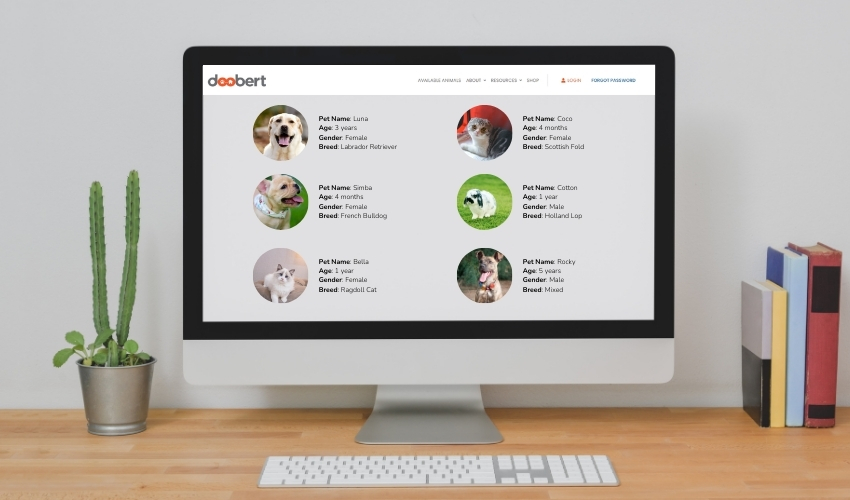Whether you’re participating in a rescue relay, fostering, or adopting – at some point you will most likely have a scared, skittish and/or shy dog on your hands. We don’t always know what they’ve been through, but just like humans, a dog that is fearful and nervous has most likely experienced something in their life that has caused that fear. Whether they were abandoned, abused (perhaps both), or they somehow became separated from a loving family – ending up lost on the streets or in a shelter, they’ve been through something stressful and scary. But one thing we know is that dogs can be remarkably resilient and can find their way back to love, trust, and contentment. It can, however, take time. As a rescue mom several times over I’ve put a lot of thought into some of the ways we can help these sweet souls to feel safe again. I’ll break down my thoughts over the course of a few blog posts – today, given recent events (the hurricanes out east, the fires in the west) – I thought it would make sense to start with this:
Put yourself in their paws
This may be obvious, but I believe it is crucial. Understanding their vulnerability and taking their emotions and fears into consideration drives nearly every other thought, feeling, and interaction you have with your rescued friend. Granted, we don’t always know the details of their situation, but if they are in need of ‘rescue’ we can safely assume they’ve been through some sort of unpleasant drama. In any case, whether you know what they’ve been through or can only imagine, think about how you would feel in a similar situation . . . but not as YOU, as someone significantly more helpless, with limited ability to defend yourself, to locate food or shelter, alone and frightened. Imagine being abused and left for dead on the side of the road – Imagine getting lost and ending up all alone in a strange place with no food or shelter – Imagine being raised in a small, crowded cage, basically ignored except for the occasional bowl of food but no loving touch. Just imagine . . . and then treat them the way you would want to be treated.
- Be patient
- Be calm
- Speak, move, and touch gently
- Allow them space and time to process their surroundings
- And understand that, like people, they may each process these changes in their life differently. They are as unique as we are.
It isn’t necessarily pleasant to ‘put yourself in their paws’ – but doing so will help you to act and speak with the same love and care that you would hope to find in your own time of need.
Share a story of how you ‘put yourself in the paws’ of your fur-baby, and how it helped.















